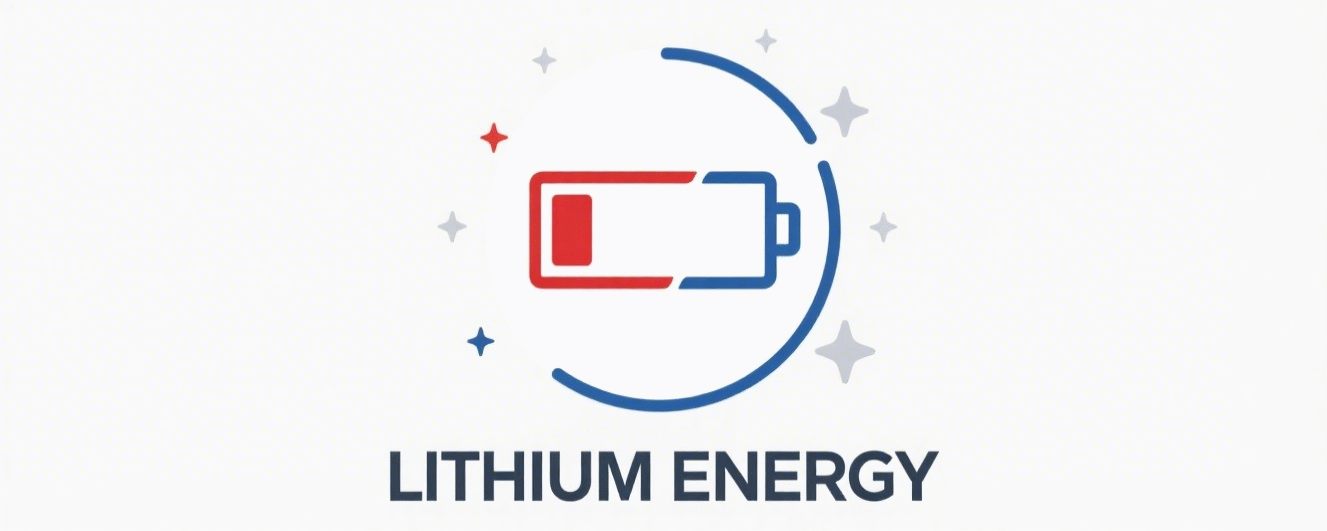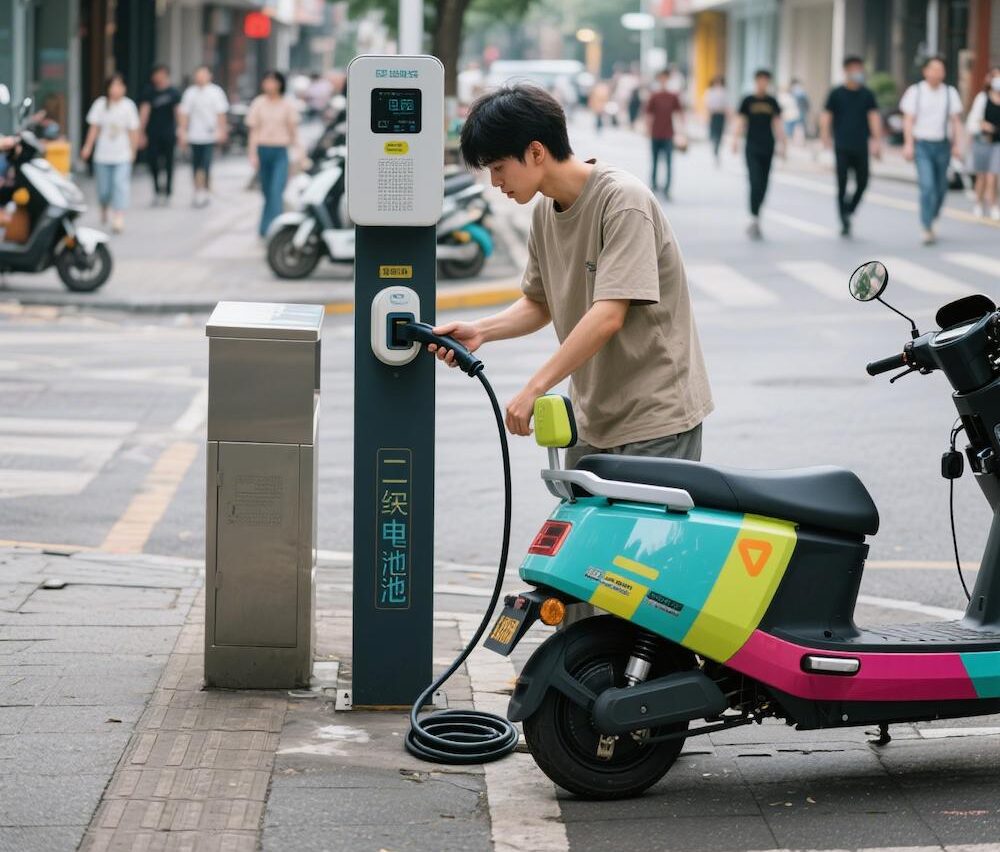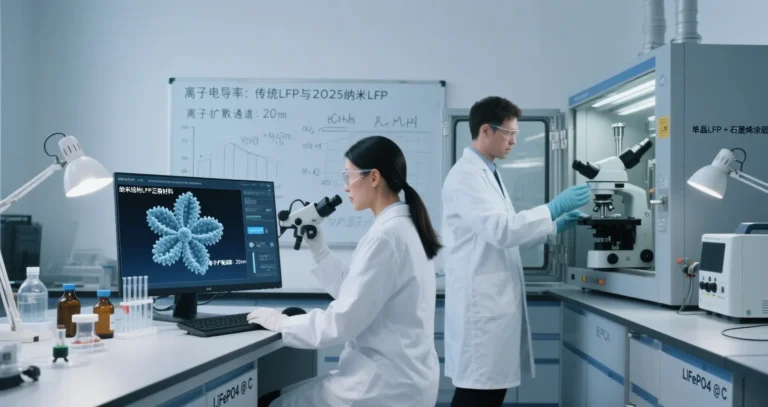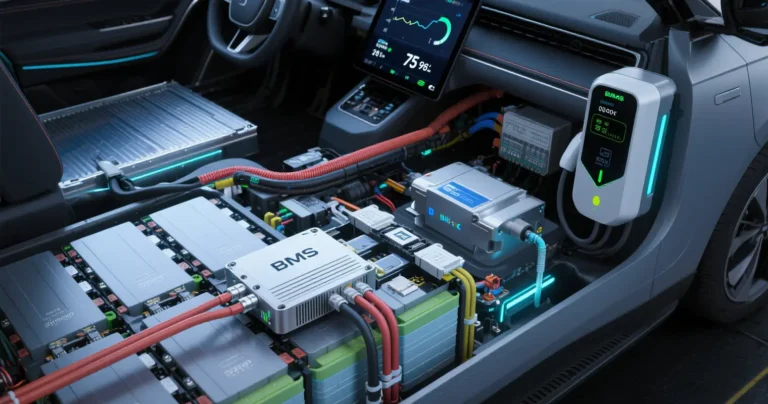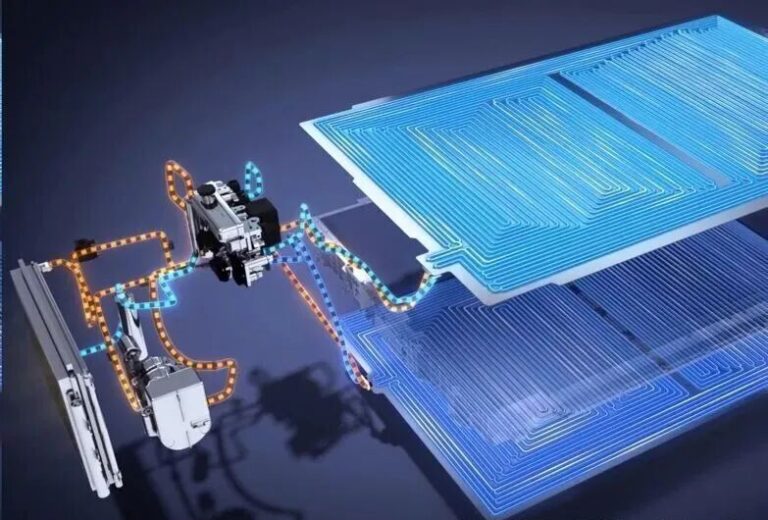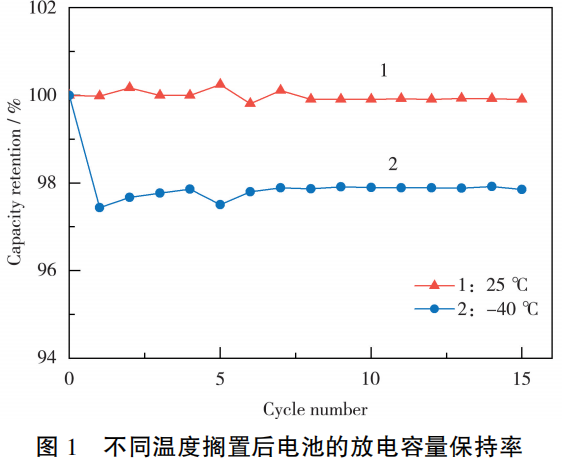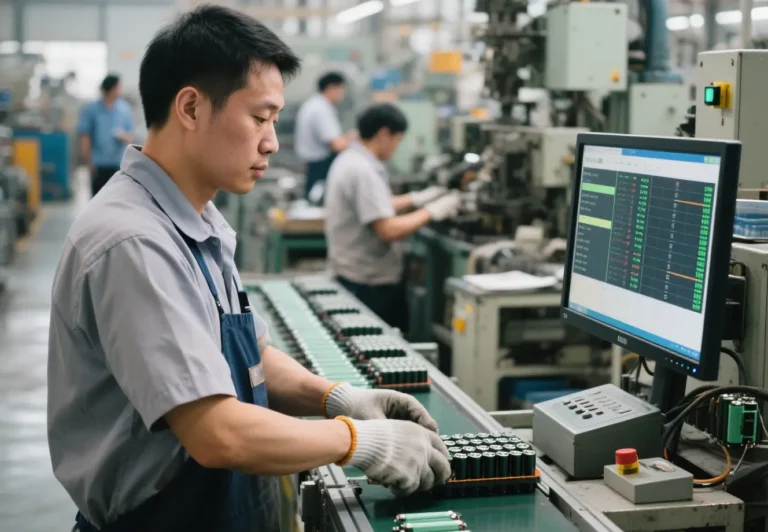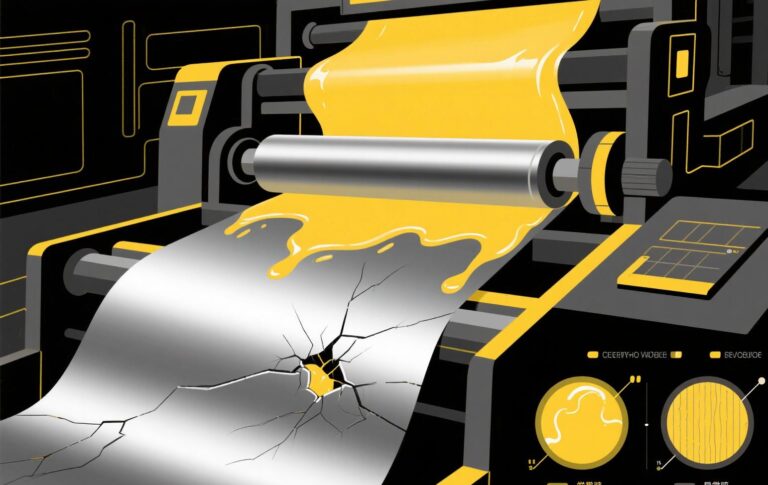Two-wheeled electric vehicle lithium battery technology revolution: from the safety upgrade to the full range of applications
When all-solid-state batteries can still provide stable power after shearing, and when lithium iron phosphate batteries realize ten-year replacement-free, an energy change driven by material innovation and application scenarios is reshaping the global short-distance travel ecology.
1、 Technical revolution: energy density and life span of the leap
BYD has decentralized its blade battery technology to two-wheeled vehicles, marking the industry’s entry into the era of “same life for vehicle and electricity”. Its core lies in the use of automotive-grade lithium iron phosphate cells, and through the CTP non-module integration technology to increase the energy density to 180Wh/kg, three times higher than the traditional lead-acid batteries. Measurements show that the range of Lima H5 third generation voyage edition equipped with this battery exceeds 533 kilometers, rewriting the upper limit of two-wheeled electric vehicle range.
More revolutionary is the cycle life breakthrough – 3000 charge/discharge cycles make the battery life of 8-10 years, daily charging scenarios can realize the entire vehicle life cycle without replacement. This is thanks to three technological innovations: honeycomb aluminum plate structure to absorb the impact of collision, ceramic coating to isolate the risk of short-circuit, and automotive-grade BMS system to dynamically monitor 200+ parameters to achieve ±0.05mV voltage difference control.
Zero breakthrough in commercialization of all-solid-state battery synchronization.2025 In June, Beijing Pure Lithium New Energy released the world’s first mass-produced all-solid-state battery, which adopts organic and inorganic fusion solid-state electrolyte to completely eliminate the risk of electrolyte leakage. Its battery pack continues to supply power even after shearing, and the mass loss rate is only 0.023% after 6 hours of vacuum drying at 120°C, far below the 1% all-solid-state certification threshold.
2, safety standards upgrade: from passive protection to intrinsic safety
Policies and accidents force the iteration of safety technology. 91.7% of e-bike fires in 2024 were triggered by thermal runaway of lithium batteries, prompting the new national standard of 2026 to mandate the passing of the pin-prick test.7 BYD batteries passed the waterproofing of IPX7 and the drop test of 1.5 meters with the unibody shell of aerospace aluminum alloy, and they didn’t catch fire or smoke during the pin-prick test, setting up a new safety benchmark.10 All-solid-state batteries, on the other hand, are made from material sources, with the quality loss being far less than 1%.
All-solid-state batteries reconstruct the safety logic from the material source. Pure lithium new energy products have passed the quadruple limit certification of steel needle penetration, metal shear, violent puncture, and high altitude drop, and have operated stably in 85℃ high temperature environment. This feature makes it a core solution to the safety hazards of urban electric bicycles, and it has been piloted in Yizhuang for use in the instant delivery scenario of superstores.
Advances in thermal management technology are equally critical. The off-road electric motorcycle battery developed by Nine for the Dakar Rally uses a multi-channel liquid cooling system and intelligent temperature control algorithms to keep the temperature rise of the battery within 15°C when the battery sustains high power output in the desert environment, breaking through the thermal runaway forbidden zone under high-temperature working conditions.

3、 Material system innovation: the game between lithium iron phosphate and solid state electrolyte
The field of anode materials presents a dual-track parallelism:
Mainstreaming of lithium iron phosphate (LFP): BYD improves volume utilization through blade structure design, and improves low-temperature performance with single-crystallization technology, with capacity retention of 90% at -20°C.10 The market share soars from 25% in 2024 to 41% in 2025Q1, accelerating the substitution of lead-acid batteries.
Solid-state electrolyte breakthrough: Pure Lithium New Energy develops sulfur-silver-germanium ore type electrolyte without rare metal doping, targeting to compress the cost to below $2/Wh. Its organic and inorganic composite electrolyte system realizes lithium ion conductivity of 10-³S/cm, close to the level of liquid electrolyte.
Anode and integration technology evolve simultaneously:
Silicon-carbon composite anode application increases energy density by 20%, with pre-lithiation technology to compensate for first efficiency loss
Dry electrode process reduces solvent usage and interfacial impedance in mass production of solid state batteries
4. Application Scenario Expansion: From Civilian Mobility to Extreme Races
The civil market is characterized by layered penetration:
BYD launched the “battery bank” model, old lead-acid batteries can be exchanged for lithium-ion batteries at a discount of 300 yuan, promoting consumption upgrading in third- and fourth-tier cities.
In the field of instant delivery, Wisdom Lease IOT’s power exchange cabinet with all-solid-state batteries was stationed in Beijing’s superstores, solving the rider’s anxiety about battery life.
Specialty scene breakthroughs have become technology touchstones:
Nine’s Segway Dakar Race Bike off-road electric motorcycle for the 2025 Dakar Rally, its battery system passed three demanding designs:
vibration resistance index upgraded to the military level
The weight ratio of the whole vehicle is optimized to 48:
The energy recovery efficiency reaches 22% under sandy conditions
The city-level safety infrastructure is synchronized. Pure lithium new energy and Beijing Thermal Power cooperated to deploy underground tube well power supply system, the battery in 60 ℃, 90% humidity environment stable operation for one year, cracking the traditional battery in the confined space of the safety hazards.
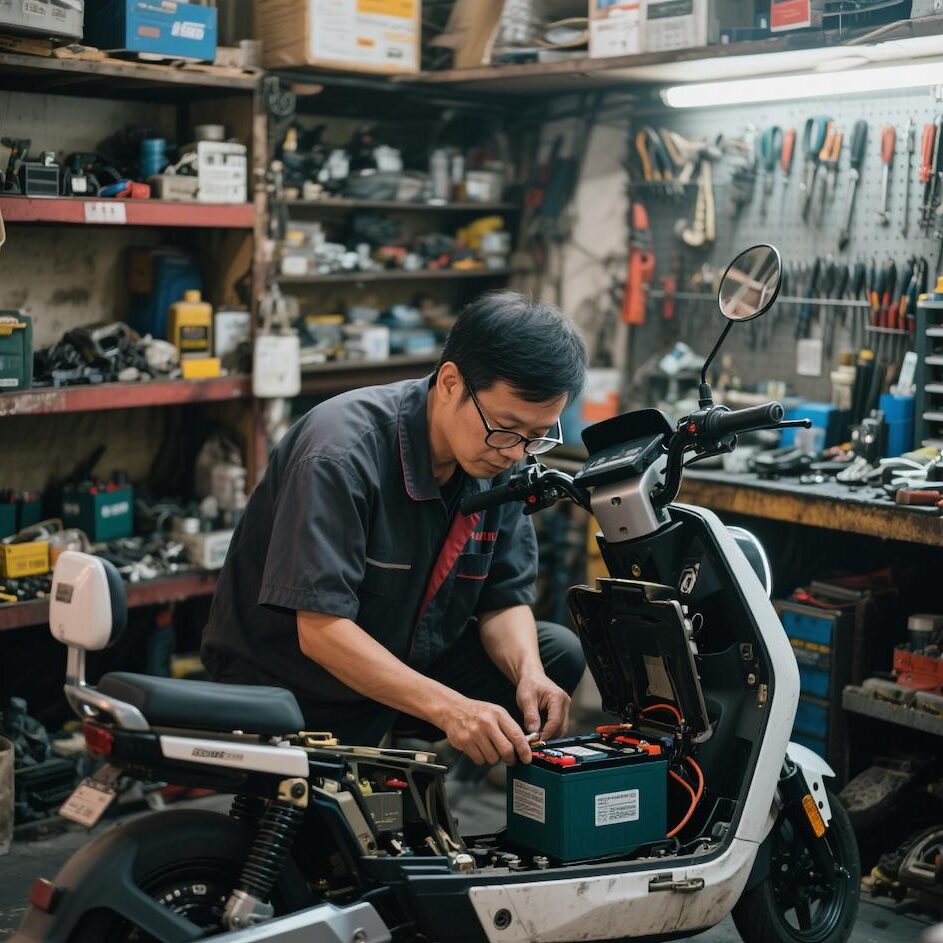
5, industry chain competition pattern: four-dimensional strategy to reshape the ecological
Technology route camps are polarized:
| industry association | technological route | market strategy |
|---|---|---|
| BYD Company (company name) | Lithium Iron Phosphate Blade Battery | Vehicle and Electricity Same Life + Channel Replacement |
| Pure Lithium New Energy | All Solid State Battery | Power exchange scenario + B-end closed-loop operation |
| Company 9 | High nickel ternary + intelligent BMS | Race validation + technology decentralization |
| traditional manufacturer | Sodium ion/lead acid | Price wars + policy adaptation |
Accelerated globalization layout: BYD Thailand factory went into operation, targeting the 120 million motorcycle electrification market in Southeast Asia; Yaday, relying on the foundation of 15 million units sold annually, plans to launch high-end models with all-solid-state batteries in Europe.
Business model innovation has become the key to break the game. Pure lithium new energy to build “car – electricity – cabinet – cloud” four-dimensional system, power exchange cabinet battery recycling rate of more than 90%; BYD through the AI remote troubleshooting and GPS positioning power outage technology, reduce operation and maintenance costs by 30%.
6. Challenges and the Future: The Triple Door of Costs, Resources and Standards
Mass production cost is still the biggest obstacle. Semi-solid-state batteries have dropped to $1/Wh, but full-solid-state costs as much as $3.5/Wh due to the vacuum vapor deposition process. Jusen-Acco is targeting a 40% cost reduction by 2026 by constructing an LLZO buffer layer through atomic layer deposition (ALD) technology.
Lithium resource constraints are tightening. China’s lithium reserves account for only 16.5% of the world, and all-solid-state battery recycling advantage is significant – cancel the electrolyte after the recycling process is pollution-free, metal recovery rate of more than 95%. Pure lithium new energy is working with the State Energy Group to build “mineral – battery – recycling” closed loop.

The lack of a standard system restricts the development of the industry. The current urgent need to establish:
Certification standards for all-solid-state batteries (e.g., weight loss ≤1%)
Explosion-proof level specifications for switching cabinets
Extreme cold/high-temperature scenario test methods
Conclusion: the technological wave that redefines the boundary
Lithium batteries for two-wheeled vehicles are undergoing a transformation from “energy carriers” to “intelligent terminals”. BYD’s ten-year maintenance-free battery, Pure Lithium New Energy’s non-combustible solid-state battery core, and Nine’s tournament-grade power system together outline the future of short-distance travel: safety will become a basic attribute rather than a selling point, range anxiety will be resolved by the ability to adapt to the whole temperature range, and the symbiotic relationship between the battery and the whole vehicle will reconstruct the logic of consumption.
When the technology dividend penetrates the price barrier, the industry will shift from “replacing lead-acid” to “creating demand”. It is estimated that the global two-wheeled vehicle lithium battery market will expand at a compound annual growth rate of 35% in 2025-2030, and Chinese enterprises have occupied 70% of the patent share by virtue of their material innovation and scenario definition capabilities. This energy revolution driven by China is rewriting the energy rules of urban transportation – the era of lighter, farther and safer travel has arrived.
